Back to blog
Hack Midwest 2023: Empowering the Next Wave of Web3 Developers
Pinata has many roots, but two of the deepest ones would be hackathons and the Midwest. Pinata was conceived at ETHBerlin in 2018 as a project to simplify IPFS pinning for developers, with our founders based in Omaha, Nebraska - a place often flown over and overlooked. These aspects of our origin story influence our perspective on the Web3 space, blockchain, and the evolving waves of technology. It’s also why Pinata has sponsored Hack Midwest for the second year in a row. This hackathon is an opportunity to go outside the normal Web3 hub cities and see what flyover country can build, and what perspectives fresh eyes on the space can provide.
For Hack Midwest 2023, Pinata offered up three different challenges:
Pinata Challenge - $2500
In order for developers to qualify for this challenge they needed to build an app that used the Pinata API. It didn’t need to have any blockchain or Web3 elements, as we wanted to see how IPFS could be used to solve other problems out in the world or could be used for creative purposes.
Pinata ERC-6551 Challenge - $2500
For this challenge developers needed to use Pinata and the new ERC-6551 standard. As we’ve been watching the evolution of NFTs and the blockchain space Pinata has seen great potential for ERC-6551, and we’ve written multiple posts and created apps to demonstrate it’s capabilities. We loved the opportunity to offer up a bounty for people to grind at this new standard and see what they could build with it.
Pinata Web3 Challenge - $5000
This challenge was for the best app using Pinata and any kind of blockchain tech, could be a testnet, local network, or mainnet. We made this prize more valuable than the other two because it a lot of ways it could be the most difficult. Lots of what has been used in Web3 has already been done, so coming up with new and creative uses was exactly what we wanted to see in this challenge.
Pinata had seventeen teams overall who participated in these challenges, an incredible number considering what we were asking these developers to do. The majority of these developers living in the most overlooked parts of the U.S. did something daring; jumping into Web3 for the first time. Many of them had no idea how blockchains or IPFS worked, and just started building. The best part? Most of them fell in love with Web3, lighting a spark that would push them to continue hacking and perhaps starting businesses that could make money right now with their winning ideas. Watching it in real time is an honor, and Pinata was proud to help Hack Midwest in their endeavors to raise the next wave of builders.
Now, let’s explore some of the projects developed for the Pinata Challenges!
Winners 🏆
Through some tough decisions and close calls, Pinata found the following projects the winners of our three challenges.
Pinata Challenge - Lexi
The winner of our Pinata Challenge was an app built by Anton Angeletti, Loc Nguyen, Thomas Waller, Trent Nash, and Caleb Hans, called Lexi: a new way to learn a new language. With Lexi you can give several key words from the language you are learning, and from there the app will create a storybook with images and a script that you can switch between your native language and the language you are trying to learn. All of the storybooks were stored on IPFS using Pinata making it easy to persist and reuse them across the web. We absolutely loved this project and the real world problems it solves!
Pinata ERC-6551 Challenge - Droplit
We were impressed by how many people tried to tackle this challenge, but one stood out among the rest. Droplit, built by Marcus Leong, Nina Boonyasiti, Michelle Cheung, and Sharynne Azhar, allows brands to create product drops within an augmented reality world similar to Pokémon Go. The drop itself is an NFT with an ERC-6551 token bound account, and each product piece is an NFT under that account. The player can wander around the AR world and collect pieces of the drop with the possibility of unlocking a one-of-a-kind drop. The vision is that brands could also combine this with real world assets and combine AR Pokémon Go with geocaching. Overall this idea was super creative and a unique implementation of ERC-6551.
Pinata Web3 Challenge - Groken
Last but certainly not least, the winner of our Web3 challenge was Groken. This app, created by Connor Borrego, Cameron Chapman, Alex Tate, and Luke Hovee allows users to create grocery lists for multiple stores, complete them, then scan receipts in exchange for a reward token. This data of what consumers buy or perhaps almost buy could then be used in multiple applications with the power of aggregating across multiple stores instead of just one. This proved to be a great concept and had real world use and potential, and Pinata helped power saving metadata and receipts images to be paired with on chain transactions.
Honorable Mentions
There were so many amazing projects that it made it quite a task to pick the winners, so for those who did not win the challenges, we want to take a moment to recognize their endeavors.
DChat
Jayanth Madupalli single-handedly built DChat, a decentralized chat app that used the built in public and private keys functionality of Ethereum to make a fully encrypted service. This really was a great piece of work as it had absolutely no backend but the blockchain, and used Solidity events to fire notifications of messages sent to users. Jayanth also used Pinata as the ideal file sharing mechanism inside the chat, which would let one user to upload a file and the receiver would get a download link (similar to how we demonstrated building apps with IPFS). Overall an impressive effort by a single individual, and we hope to see more from them soon!
NFTmon
Perhaps one of the most fun projects submitted to Pinata, NFTmon was a Web3 version of Pokemon that features a simple marketplace and exchange where users could trade NFTs on chain, as well as a battling feature where two users could have their monsters go head to head. We particularly loved “Pinatamon,” an overpowered Pinnie! 😁 One of the best parts is that they built the project on Base, a new Layer 2 that has a lot of potential.
Public Record
This project was a great example of what IPFS could be used for outside of Web3. Public Record built an app that allowed users to upload official yet public documents that needed to remain tamper proof. Because of how IPFS works with immutable content addressing, it was the perfect use case for a problem they had seen before while working in the public sector.
Congratulations to all our winners and participants for tackling these challenges and stepping into the world of Web3 development. We are eager to see what you’ll build next!

